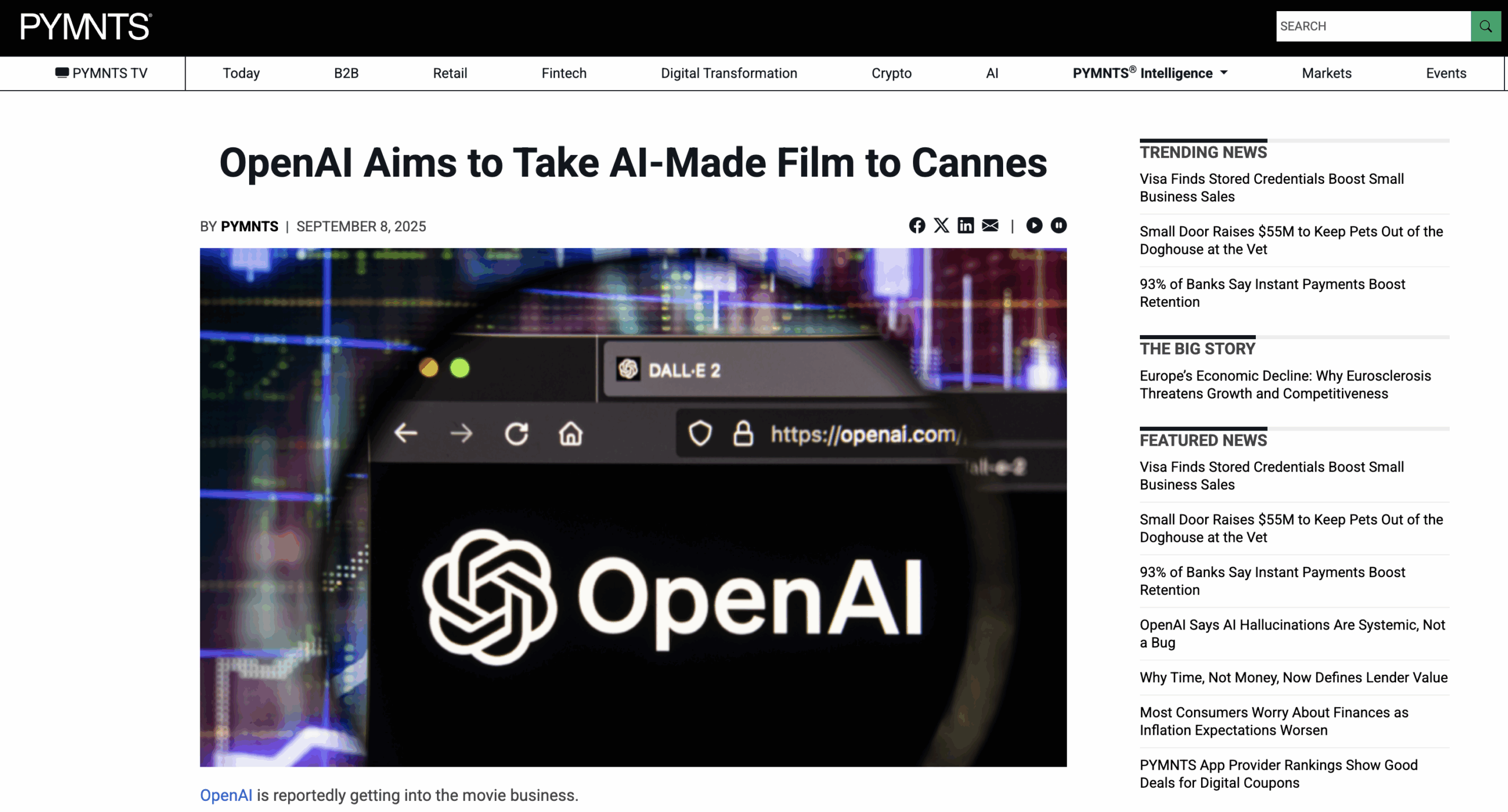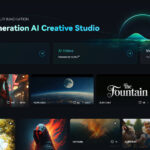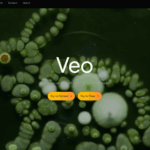OpenAI is breaking new ground in the film business with “Critterz” and could change the entire entertainment industry forever.
AI pioneer OpenAI has officially announced the production of “Critterz”, a fully animated feature film created largely with artificial intelligence. The project, led by OpenAI creative specialist Chad Nelson, is based on a short film Nelson developed three years ago using the DALL-E image generator. The announcement of the film marks a decisive turning point in the development of AI-supported film production.
With a budget of under 30 million dollars, “Critterz” dramatically undercuts traditional animated films, which typically cost between 100 and 200 million dollars. This significant cost saving is achieved through the use of advanced OpenAI technologies such as GPT-5 and specialized image generation models. While human voice actors do the voices of the characters and artists create sketches, the AI takes over the complex animation processes.
The film is being produced in collaboration with Vertigo Films from London and the Los Angeles-based studio Native Foreign, which specializes in AI content. The film is set to premiere at the Cannes Film Festival next year, demonstrating for the first time to an international audience of professionals the creative possibilities that AI technology opens up in professional film production.
Drastic cost reduction changes production landscape
The economic impact of “Critterz” extends far beyond the individual project. Traditional animated films such as Disney’s “Tangled” swallowed up over 200 million dollars, while “Tarzan” cost 130 million dollars. These enormous budgets result from the labour-intensive nature of traditional animation, which requires hundreds of specialized artists and years of production time.
AI-supported production methods can reduce overall production costs by 25 to 40 percent, especially in visual effects and post-production. These savings come from automated editing processes, AI-generated backgrounds and characters, and streamlined workflows that eliminate many of the inefficiencies of traditional production methods. The democratization of film production allows independent filmmakers and smaller production companies to compete with large studios in the creation of high-quality animated content.
Technological breakthroughs enable new cinematic language
The technical foundations for AI-driven film production have evolved dramatically in recent years. OpenAI’s Sora technology can generate remarkably lifelike video content of up to one minute in length from simple text descriptions. These breakthroughs in text-to-video generation have caught the attention of major Hollywood studios, with OpenAI having already made presentations to Paramount, Warner Brothers Discovery and Universal.
Google’s competing Flow technology demonstrates the rapid development and diversification of AI film tools available. The platform integrates multiple AI capabilities into a unified workflow, making AI film production accessible to creatives without extensive technical expertise. These developments signal a fundamental shift in the way films are conceived, produced and distributed.
Executive Summary
- OpenAI produces “Critterz ” as the first full AI-generated feature film with a budget under 30 million dollars
- Dramatic cost savings of up to 40 percent compared to traditional animated films through AI technology
- Premiere plannedat Cannes Film Festival to generate international attention for AI film production
- Hybrid production method combines AI efficiency with human creativity through voice actors and artists
- OpenAI’s Sora technology can create minute-long, lifelike videos from text descriptions
- Growing market for AI in film with projected growth from 1.6 billion to 3.75 billion dollars by 2029
- Legal challenges from Disney and Universal lawsuits against AI companies for copyright infringement
- 70 percent of films already integrate some form of AI technology into their production
Source: PYMNTS







